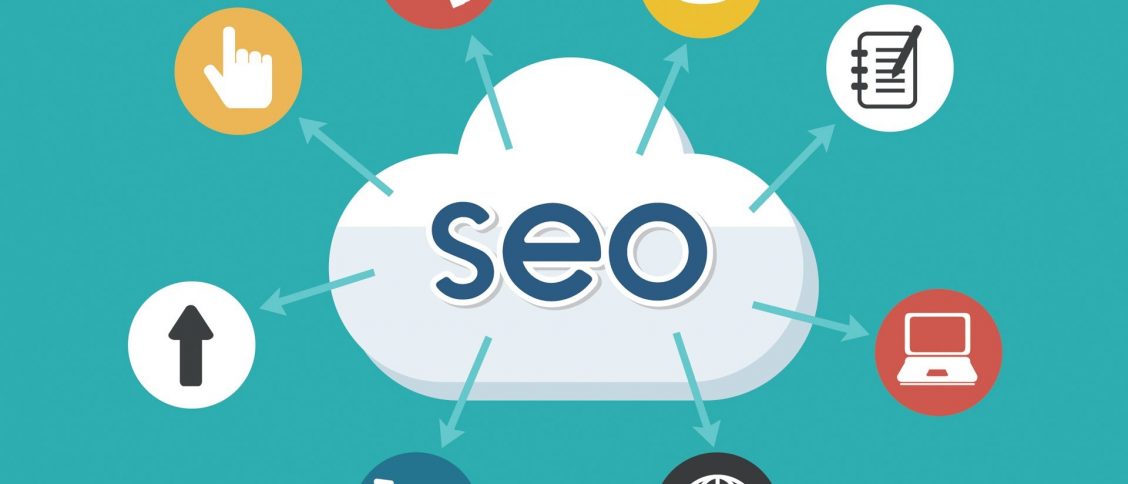Managed IT services provide several benefits to an organisation. They allow companies to give control of their managed IT solutions to a third party who is an expert in the field and specialises in taking on such responsibilities. As referenced on Continuum.net, the IT service provider is in charge of a part or all of the IT systems for a business, the stipulations of which are established in a service level agreement.
All of the IT equipment needed to run the business successfully is secured by the organization. The IT service provider is there to provide monitoring and reporting around the clock along with other services that will help keep the business operating smoothly at all times.
Table of Contents
Provider Fees for Managed IT Services
Many IT service providers charge a flat fee for services rendered over a set period. The specifics are included in the service level agreement, defining the exact services that will be offered and metrics for measuring whether they’re successful once implemented.
Professionals within an organisation can discuss which IT services are needed from the IT service provider, then work out how they will be provided, and the exact cost involved. Once the agreement is made, it serves as a contract between the organisation and IT service provider to ensure all technologies work as expected and all aspects of the business are secure at all times.
Why Organizations Need An IT Service Provider for Managed IT Services
Managed IT services have expanded over the years, in large part due to the evolution of cloud computing. Now such services are no longer constrained by the typical breaks found in situations that didn’t reach beyond company boundaries set by localised equipment. As companies have adopted software as a service (SaaS) and other similar capabilities, managed IT services have scaled at a faster rate than ever before.
The result is the need for larger managed IT solutions that go beyond what in-house operations and break/fix providers can provide. This means computer systems are no longer only managed and repaired by experts when they aren’t in working order but are rather monitored and maintained on a routine basis due to the need for equipment to constantly remain up and running. The overall goal is to prevent problems before they ever begin.
Automation, an increase in Internet capabilities, and the advent and adoption of cloud computing allowed IT service providers to monitor systems and provide resolutions remotely. This enables consolidation of resources all around and promotes more efficient processes company-wide.
Benefits of Managed IT Services
There are several benefits of managed IT services. When an IT service provider is taking care of monitoring systems regularly, an organisation will run more efficiently overall. This is because problems can be detected early and resolved quickly. When they do occur, someone is always on-hand to ensure the appropriate solution is found right away.
Because the IT service provider is working with the company on an ongoing basis, the IT professionals are familiar with both the technology used and the day-to-day business operations. This gives the IT service provider a clear picture of which solutions to implement based on the core functions of the company.
Managed IT services also allow an organisation to consolidate resources. All tasks related to technology upkeep are handled through the IT service provider, streamlining critical business processes by ensuring all equipment is regularly maintained and data remains protected and secure.
Managed IT services also provide client satisfaction because they allow businesses to provide a higher level of customer service as a result of ongoing equipment updates and increased security. IT service providers also can offer a greater number of services and distribute them throughout large corporations, taking the responsibility and stress away from company owners so that they are free to concentrate on operational tasks. Since the key responsibility of the IT provider is to manage service across the board, they are highly specialised in their roles and stay up on the latest trends and technologies to ensure companies receive the specialised services they need.
IT service providers also offer fixed rates so organisations never need to worry about what they’ll be required to pay for the managed IT services they receive. This has led to managed IT services becoming an industry-standard approach to managing small and large computer systems for a variety of business types and sizes.
How Managed IT Services Work
IT service providers are experts in a wide variety of areas about IT equipment and trends. They utilise the latest software and processes to proactively keep systems up-to-date, monitor endpoints and prevent issues before they occur.
Managed IT services are also made available 24 hours a day, seven days a week, 365 days a year so that organisation leaders never have to worry about computer systems going down when they are needed. Critical changes happen after hours, ensuring very little to no interruption to daily business operations.
Managed IT services are often provided by IT service providers at a recurring flat rate at tiered levels, offering a great degree of management at higher levels as specified by the service level agreement. This also results in increased automation designed to keep organisations running smoothly all of the time. This means companies only pay for those services they need and have the capability of increasing or decreasing the tier level based on demand and specific business needs as they arise.
Organisations pay for the services provided offsite just like with other required business functions. These managed IT solutions include: help desk solutions, remote monitoring and management and backup and disaster recovery. This is why managed IT solutions are essential components of any business and should be thought of and treated like any other operating expenses.
Managed IT solutions help maintain the core functionality of an organisation because they are always implemented. Unlike the break/fix solutions referenced above, managed IT solutions help prevent problems before they occur, and mitigate critical situations that require instantaneous solutions. The result is a business that runs more efficiently, offering SaaS solutions at much lower costs that would not be possible with IT options offered from within the company.










